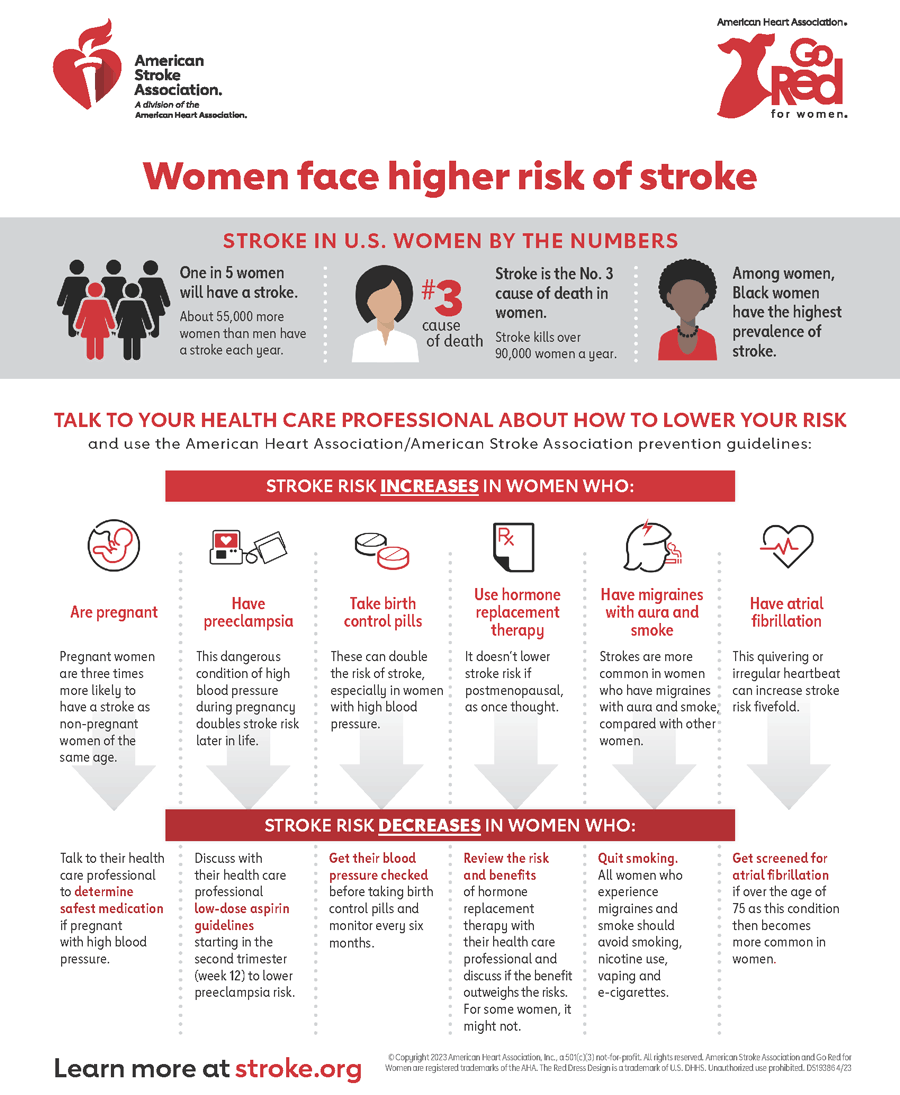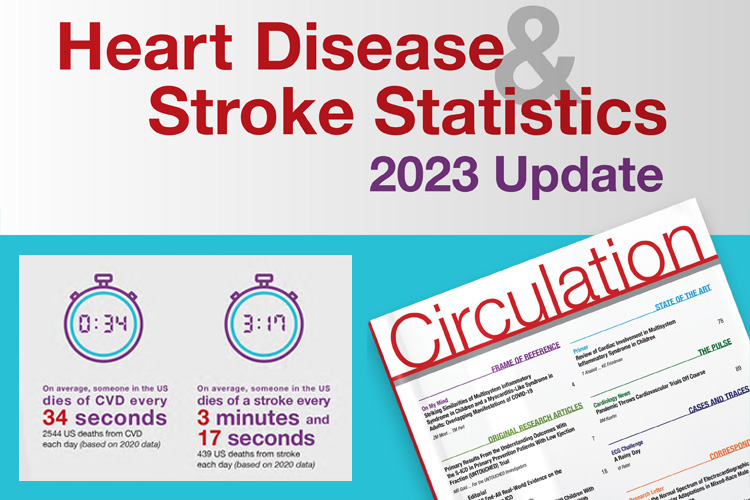FemaleSpecific Diseases – Genes and Disease – NCBI Bookshelf Genes and Disease [Internet]. Show details Contents < Prev Next > Female-Specific Diseases Biomedical research has demonstrated biological differences between females and males in virtually every organ and system of the body.
Overweight but Healthy? The Latest on the Science of ‘Fat but Fit’
Smoking. High blood cholesterol. High blood pressure. Physical inactivity. Obesity and overweight. Diabetes. “The burden of heart disease in women is very great,” says Gregory Burke, MD, professor

Source Image: healthline.com
Download Image
Research Women’s Health Credit: NIAID Women face unique health problems related to many NIAID mission areas—specifically, HIV/AIDS, sexually transmitted infections, and autoimmune disorders. Many infectious and autoimmune diseases affect female populations disproportionately.

Source Image: healthline.com
Download Image
How to Work with Your Period, Not Against It “Up to 70% of women have chest pressure or chest tightness. But 30% of women have atypical symptoms.” Below, Dr. Cho discusses the three atypical symptoms you should watch for ― and explains how to tell what’s cause for concern, and what’s not. Extreme fatigue Like many women, you’re probably busy most of the time juggling work and family.

Source Image: medicalnewstoday.com
Download Image
Any Disease Specific To Women Is A:
“Up to 70% of women have chest pressure or chest tightness. But 30% of women have atypical symptoms.” Below, Dr. Cho discusses the three atypical symptoms you should watch for ― and explains how to tell what’s cause for concern, and what’s not. Extreme fatigue Like many women, you’re probably busy most of the time juggling work and family. 1. Heart disease. Heart disease is the No. 1 cause of death for women. Symptoms of a heart attack include chest pain, shortness of breath and weakness in arms. Women are also likely to experience shortness of breath, and nausea or vomiting. However, women may not recognize their symptoms as a heart attack, and dismiss it as working out too hard
Medical and health information
Polycystic ovary syndrome happens when a woman’s ovaries or adrenal glands produce more male hormones than normal. One result is that cysts (fluid-filled sacs) develop on the ovaries. Women who are obese are more likely to have PCOS. Women with PCOS are at increased risk of developing diabetes and heart disease. Symptoms may include. Infertility. Yes, Mental Illness Can Impact Your Hygiene. Here’s What You Can Do

Source Image: healthline.com
Download Image
Women and girls bear brunt of water and sanitation crisis – new UNICEF-WHO report Polycystic ovary syndrome happens when a woman’s ovaries or adrenal glands produce more male hormones than normal. One result is that cysts (fluid-filled sacs) develop on the ovaries. Women who are obese are more likely to have PCOS. Women with PCOS are at increased risk of developing diabetes and heart disease. Symptoms may include. Infertility.

Source Image: unicef.org
Download Image
Overweight but Healthy? The Latest on the Science of ‘Fat but Fit’ FemaleSpecific Diseases – Genes and Disease – NCBI Bookshelf Genes and Disease [Internet]. Show details Contents < Prev Next > Female-Specific Diseases Biomedical research has demonstrated biological differences between females and males in virtually every organ and system of the body.

Source Image: everydayhealth.com
Download Image
How to Work with Your Period, Not Against It Research Women’s Health Credit: NIAID Women face unique health problems related to many NIAID mission areas—specifically, HIV/AIDS, sexually transmitted infections, and autoimmune disorders. Many infectious and autoimmune diseases affect female populations disproportionately.

Source Image: healthline.com
Download Image
The immune system: Cells, tissues, function, and disease How do women get pelvic inflammatory disease? Women develop PID when certain bacteria, such as Chlamydia trachomatis (CT) and Neisseria gonorrhoeae (NG), move upward from a woman’s vagina or cervix into her reproductive organs. PID can lead to infertility and permanent damage of a woman’s reproductive organs.

Source Image: medicalnewstoday.com
Download Image
Risk of Stroke in Women Infographic | Go Red for Women “Up to 70% of women have chest pressure or chest tightness. But 30% of women have atypical symptoms.” Below, Dr. Cho discusses the three atypical symptoms you should watch for ― and explains how to tell what’s cause for concern, and what’s not. Extreme fatigue Like many women, you’re probably busy most of the time juggling work and family.

Source Image: goredforwomen.org
Download Image
Heart Disease and Stroke Statistics – 2023 Update – Professional Heart Daily | American Heart Association 1. Heart disease. Heart disease is the No. 1 cause of death for women. Symptoms of a heart attack include chest pain, shortness of breath and weakness in arms. Women are also likely to experience shortness of breath, and nausea or vomiting. However, women may not recognize their symptoms as a heart attack, and dismiss it as working out too hard

Source Image: professional.heart.org
Download Image
Women and girls bear brunt of water and sanitation crisis – new UNICEF-WHO report
Heart Disease and Stroke Statistics – 2023 Update – Professional Heart Daily | American Heart Association Smoking. High blood cholesterol. High blood pressure. Physical inactivity. Obesity and overweight. Diabetes. “The burden of heart disease in women is very great,” says Gregory Burke, MD, professor
How to Work with Your Period, Not Against It Risk of Stroke in Women Infographic | Go Red for Women How do women get pelvic inflammatory disease? Women develop PID when certain bacteria, such as Chlamydia trachomatis (CT) and Neisseria gonorrhoeae (NG), move upward from a woman’s vagina or cervix into her reproductive organs. PID can lead to infertility and permanent damage of a woman’s reproductive organs.